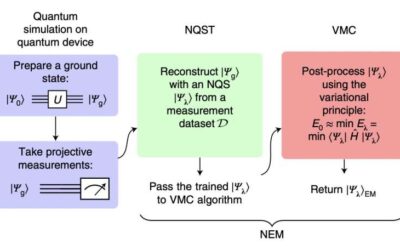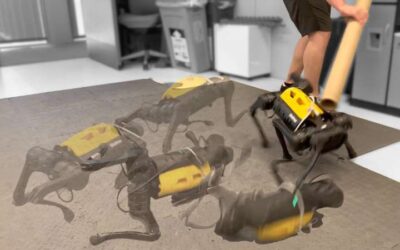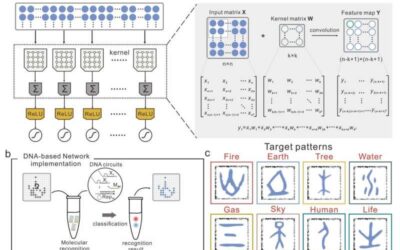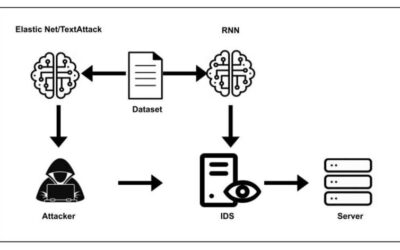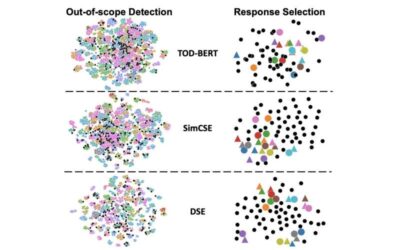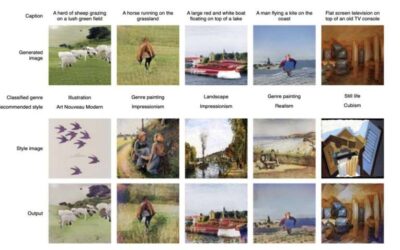Near-term quantum computers, quantum computers developed today or in the near future, could help to tackle some problems more effectively than classical computers. One potential application for these computers could be in physics, chemistry and materials science, to...
Computer Sciences
DayDreamer: An algorithm to quickly teach robots new behaviors in the real world
Training robots to complete tasks in the real-world can be a very time-consuming process, which involves building a fast and efficient simulator, performing numerous trials on it, and then transferring the behaviors learned during these trials to the real world. In...
The molecular implementation of a DNA-based artificial neural network
Molecular computing is a promising area of study aimed at using biological molecules to create programmable devices. This idea was first introduced in the mid-1990s and has since been realized by several computer scientists and physicists worldwide.
A system to retrieve images using sketches on smart devices
Researchers at the SketchX, University of Surrey have recently developed a meta learning-based model that allows users to retrieve images of specific items simply by sketching them on a tablet, smartphone, or on other smart devices. This framework was outlined in a...
A deep learning technique to generate DNS amplification attacks
Deep learning techniques have recently proved to be highly promising for detecting cybersecurity attacks and determining their nature. Concurrently, many cybercriminals have been devising new attacks aimed at interfering with the functioning of various deep learning...
An Android application checks how roasted coffee beans are
Coffee, one of the most popular and consumed drinks worldwide, is made from water and coffee beans. Coffee beans are the seeds of the Coffea plant, which is grown in several parts of central and South America, as well as in Africa, the Middle East and Asia.
A fast and energy-efficient sparse Ising machine to solve computationally hard problems
In recent years, engineers have been trying to devise new computers and devices that could help to solve challenging real-world problems faster and more efficiently. Some of the most promising among these are Ising machines (IMs), physics-based systems designed to...
A neural autoencoder to enhance sensory neuroprostheses
New technologies have the potential to greatly simplify the lives of humans, including those of blind individuals. One of the most promising types of tools designed to assist the blind are visual prostheses.
A self-supervised model that can learn various effective dialog representations
Artificial intelligence (AI) and machine learning techniques have proved to be very promising for completing numerous tasks, including those that involve processing and generating language. Language-related machine learning models have enabled the creation of systems...
A model to generate artistic images based on text descriptions
Artificial intelligence (AI) tools have proved to be highly valuable for completing a wide range of tasks. While they are primarily used to increase productivity or simplify everyday processes, they have also shown promise for automatically generating creative texts...

